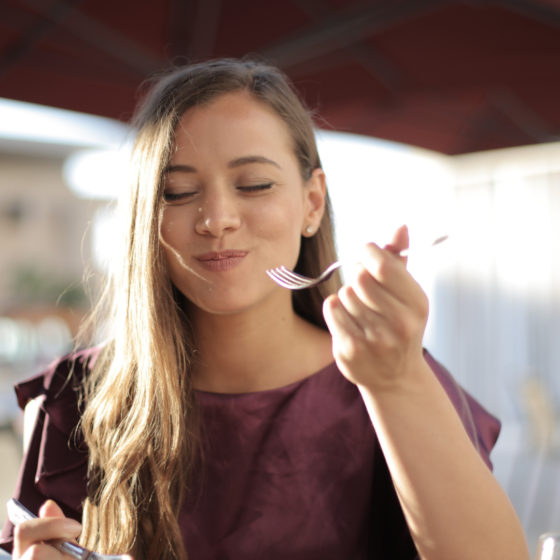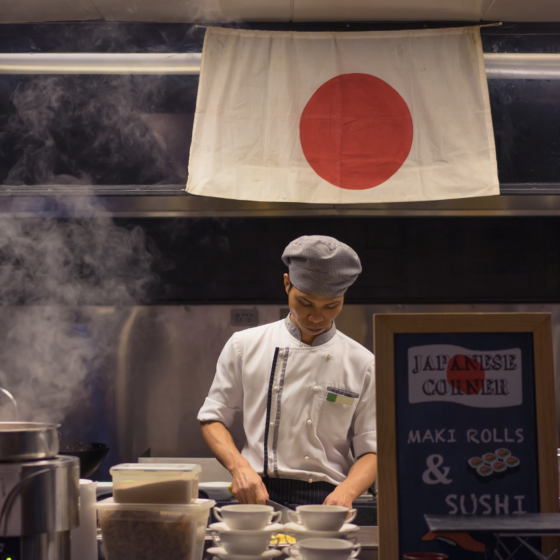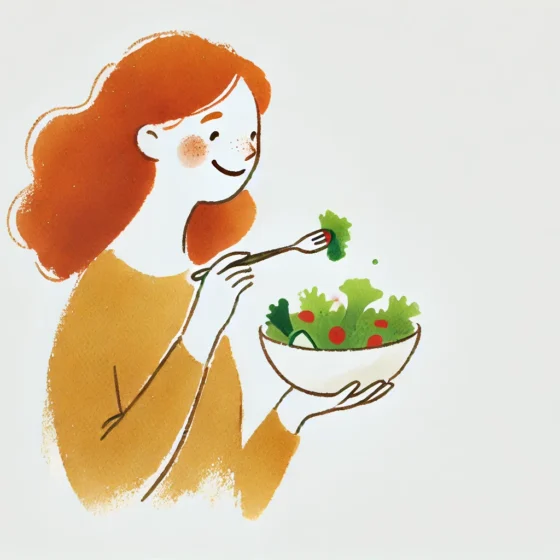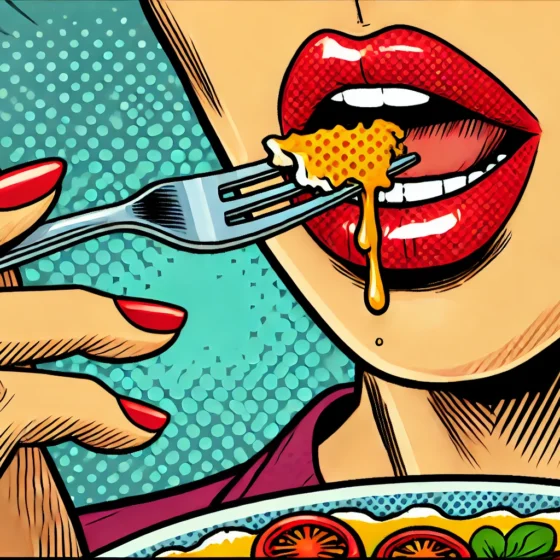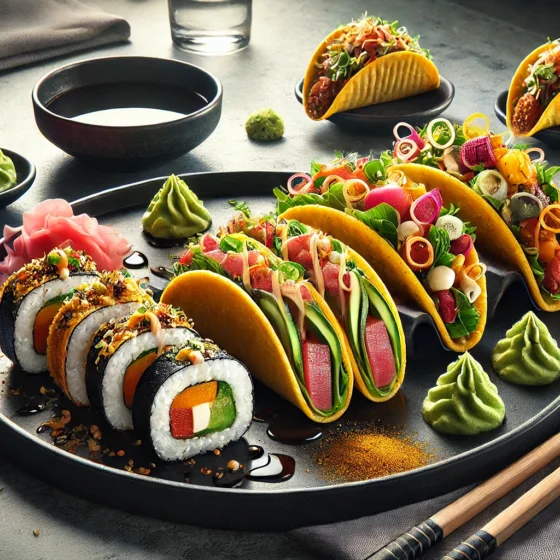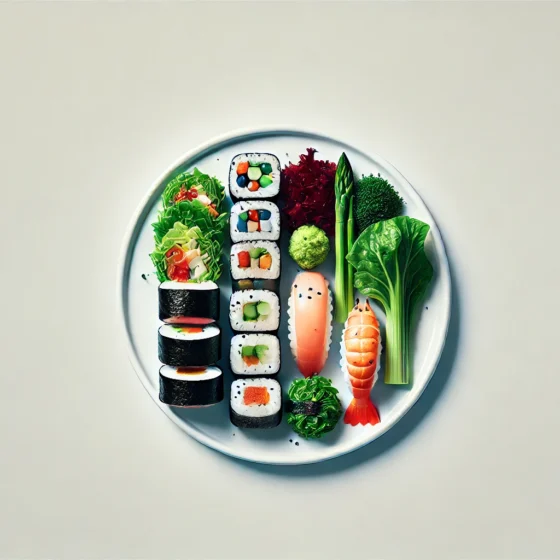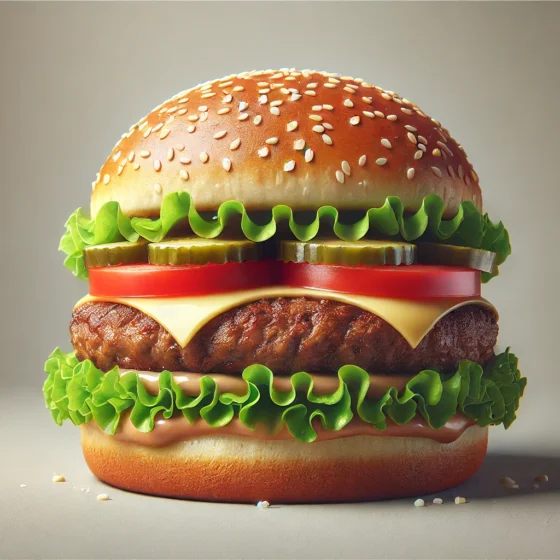In an era where the presentation of everything, including food, plays a pivotal role in determining its appeal, the concept of visually appealing food has garnered significant attention. This phenomenon goes beyond the simple notion that food should look good; it delves into how the visual appeal of food can profoundly influence an individual’s desire to eat. The importance of visually appealing food is underscored by its ability to engage sensory perception, thereby not only enticing the eye but also enhancing the overall dining experience. Recognizing the role of eye-appealing presentations in stimulating appetites marks a critical step in understanding the complex relationship between visual aesthetics and food appeal.
The forthcoming article seeks to explore the intricate dynamics of visually appealing food, starting with the science behind visual appeal in food, which offers insight into why certain visual combinations are more appetizing than others. It will delve into the psychological impact of visual food presentation, highlighting how it can influence personal food choices and consumption patterns. Practical applications for enhancing food presentation provide tangible tips for both culinary professionals and everyday food enthusiasts aiming to make their dishes more appealing. Furthermore, the role of social media in shaping food desires will be discussed, illustrating how visually appealing food becomes a form of social currency in the digital age. By traversing these realms, the article aims to furnish a comprehensive understanding of the power and significance of visually appealing food in contemporary society.

The Science Behind Visual Appeal in Food
Interest in the subjective aesthetics of food presentation has increased, highlighting how plate patterns affect consumer perceptions. Studies reveal that balanced food plating is generally preferred over unbalanced arrangements, suggesting that principles from experimental aesthetics could guide optimal plating. Additionally, the aesthetics of plate color and shape significantly influence meal perception. Research indicates a halo effect of beauty on food, where the aesthetics of plate patterns enhance consumer preferences during eating. This effect is further examined through experiments testing how different plate designs impact expectations of taste and healthiness.
Psychological Impact of Visual Food Presentation
The psychological impact of visual food presentation significantly influences consumer behavior and dining satisfaction. Studies indicate that beautifully presented food not only appears more appetizing but also enhances the perceived taste and healthiness of the dish. This effect is notably pronounced in environments that complement the aesthetic appeal of the food, where participants report better taste and a heightened desire to consume the food.
Influence on Anticipation and Flavor Perception
Visual appeal plays a crucial role in setting expectations about a meal’s taste and quality. Research shows that an aesthetically pleasing presentation can heighten anticipation, making the food taste better to the diner. This anticipation is linked to the visual stimulation which primes the diner’s senses, enhancing their overall gastronomic experience.
Emotional and Cultural Factors
The presentation of food also carries emotional and cultural connotations, affecting how individuals perceive and enjoy their meals. For instance, the use of color and plate design can evoke specific emotional responses and reflect cultural heritage, thereby influencing the diner’s satisfaction and meal experience. Moreover,the aesthetic arrangement on the plate can create a memorable dining experience, which diners are likely to share with others, further influencing social dining behaviors.
Practical Applications for Enhancing Food Presentation
Techniques for Attractive Plating
To elevate the visual appeal of dishes, chefs employ various plating techniques. Creating height on the plate and using tools like ring moulds help structure the presentation, while fanning out slices of meat showcases their quality. Additionally, contrasting textures and colors attract the eye and enhance the dining experience. For instance, the use of vibrant colored vegetables or adding a new texture like a foam can make a dish more intriguing.
Utilizing Color and Texture
The choice of plate color significantly impacts the perception of a meal. White plates enhance the vibrancy of food colors, making the dish visually more appealing. Incorporating multiple colors and textures in a dish, such as combining crispy and creamy elements, not only pleases the eye but also the palate, creating a memorable dining experience.
Role of Ambiance and Setting
The ambiance of a dining area, including elements like lighting, music, and decor, plays a crucial role in enhancing the food presentation. Soft lighting and harmonious background music can elevate the perceived quality of the food and enhance the overall dining experience. Strategic seating arrangements and thoughtful decor that align with the restaurant’s theme further complement the presentation of dishes, making the dining experience unforgettable.

The Role of Social Media in Shaping Food Desires
Embrace the Visual Nature of Food by utilizing high-quality images and videos as the centerpiece of content strategy, particularly on platforms like Instagram and Pinterest, which are suited to showcasing the visual appeal of dishes. Engage with Interactive Content by creating polls, quizzes, and challenges that encourage active participation and enhance the engagement with the audience.
Impact of Instagram and Food Photography
Instagram has played a pivotal role in popularizing food photography, allowing users to instantly share their meal photos, which has significantly influenced food trends and dining choices. High-quality food photography on platforms like Instagram encourages engagement, helping to build a loyal following and establish a sense of community around the brand.
Creating Shareable and Likeable Content
To create and distribute visual content effectively, invest in high-quality food photography and engage with user-generated content to build trust and reach a wider audience. Visual content should not only be attractive but also informative and engaging, adding elements like tips, recipes, and behind-the-scenes footage to enhance the connection with the audience.
Conclusion
Through the exploration of the intricate relationship between the visual appeal of food and its perception by consumers, we’ve delved into the psychological impacts, the science behind aesthetics, practical applications for enhancing presentations, and even the significant role social media plays in the gastronomic world. The combined insights underscore the critical importance of presentation in not only making food appear more appealing but also in enhancing the overall dining experience – reinforcing the idea that we eat with our eyes first. The evidence presented clearly illustrates how aesthetically appealing food can significantly influence an individual’s desire to eat, thereby affecting their taste perception and consumption patterns.
The significance of visually appealing food extends beyond mere presentation; it represents a vital element in culinary arts, influencing dining satisfaction and social interactions around food. As we move forward, recognizing and implementing the power of visual appeal in food presentation can lead to more enriching dining experiences, with potential impacts on restaurant success and social dining trends. Thus, while the journey into the art of food presentation continues to evolve, the foundations laid by understanding the psychological and aesthetic aspects of visual appeal remain paramount. The next steps involve further research into innovative presentation techniques and the continued embrace of social media as a platform to share and inspire visually appealing culinary creations.
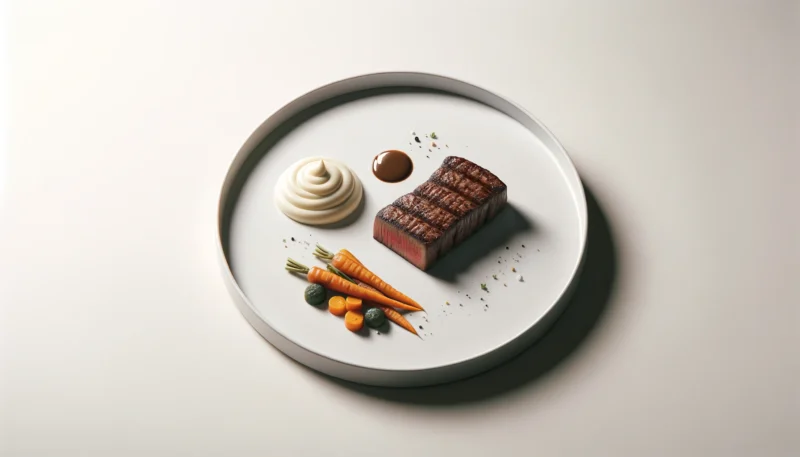
FAQs
1. What are the key aspects of visually appealing food presentation?
Color plays a significant role in making food presentation visually appealing. By incorporating a variety of hues, a chef can create a balanced and harmonious plate. This may involve using contrasting colors to highlight specific ingredients or choosing complementary colors that naturally look appealing together.
2. Why is it important to focus on the visual presentation of food?
Visual presentation is crucial as it engages all five senses, enhancing the overall dining experience. It starts with the visual appeal, which can stimulate anticipation and desire even before the food is tasted. The presentation can also enhance the enjoyment of the food’s aroma, texture, and sound during preparation and consumption.
3. What elements contribute to making food visually appealing?
Food becomes visually appealing through various attributes such as symmetry, shape, freshness, and glossiness. Dynamic presentation, which incorporates movement or interactive elements, can also significantly boost a dish’s visual appeal.
4. How can I enhance my food’s presentation to make it more visually appealing?
To enhance your food’s presentation, consider the following techniques:
- Vibrant Colors: Incorporate colorful ingredients to catch the eye.
- Plating Techniques: Arrange the food aesthetically on the plate to enhance visual appeal.
- Contrast: Use a balance of colors, textures, and shapes to create contrast and intrigue.
- Garnishes: Add fresh herbs or edible flowers to introduce an element of elegance.
- Proper Lighting: Utilize natural or well-placed artificial lighting to highlight the dish’s best features.




